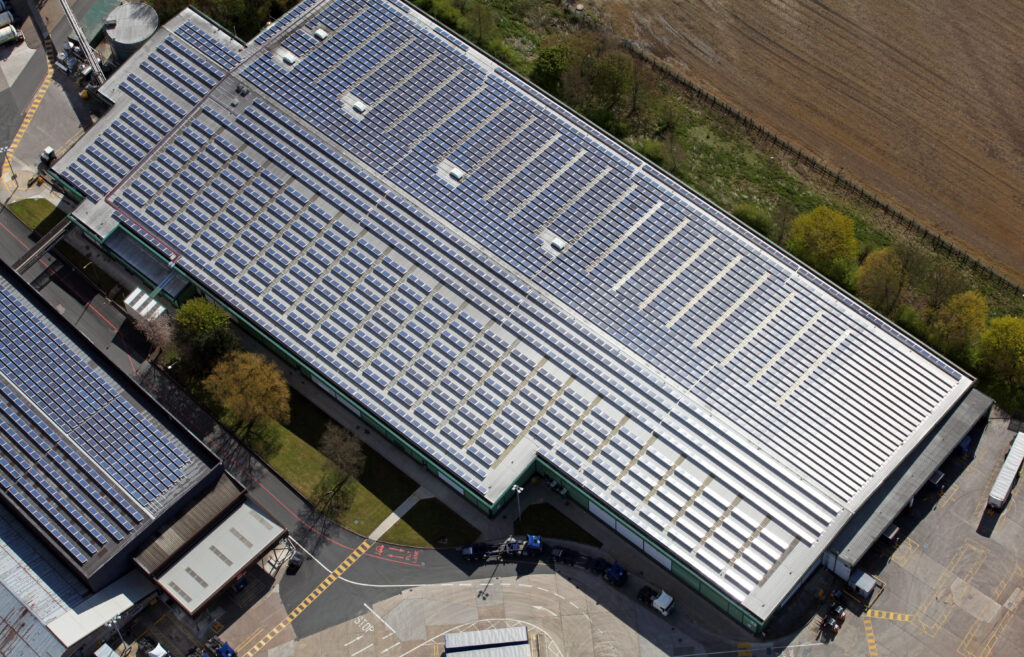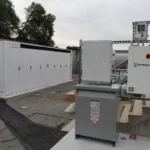Summary
In a landmark vote, the California Energy Commission (CEC) has approved a new building standard mandate that requires new commercial buildings to include solar and energy storage. The vote, which affects the 2022 California Energy Code effectively requires new high-rise, and multi-family facilities to add solar and storage. As a result, California officially becomes the first state to set a solar + storage mandate within their building standards. The CEC vote now sends this directive to the state’s Building Standards Commission for final approval.
Key Provisions
- The new requirements will go into effect on January 1, 2023, if the California Building Standards Commission approves the ruling.
- Commercial buildings that are covered under the new code are hotels, office buildings, clinics, restaurants, medical buildings, retail, grocery stores, convention centers, schools, theaters, and auditoriums.
- The PV is to be sized to meet a target of at least 60% of the building’s load and the storage is to be sized to reduce exports up to 10%.
What’s the net effect?
Mandating the installation of solar and storage into new commercial buildings will significantly accelerate deployments of solar and energy storage projects in the non-residential sector. According to the CEC, this new mandate will result in an additional 280 megawatts (MW) of solar deployments per year. The Commission also estimates this will facilitate 100 MW / 400 MWh of energy storage deployments annually.
The CPUC is currently in the process of modifying the net metering program, which pays solar owners for any excess energy generated. The California Investor Owner Utilities (IOU) are proposing a series of drastic changes to NEM, which if implemented would significantly erode the value of solar. Supporters of this new mandate, such as CALSSA argue this could cause the new building standard mandate to no longer to be cost-effective.
Updates in ETB Developer
Users have always had the ability to generate underlying load profiles in ETB Developer in instances where they do not have interval meter data for their customers, such as for new buildings. Our ETB Load Profiler feature enables users to synthetically create a 365-day load profile by baselining it against different types of reference load profiles. Users can baseline against any interval meter data file they have previously imported into their account. Additionally, we have 16 pre-loaded (NREL) National Renewable Energy Laboratory non-residential load profiles to select from. Furthermore, our Account Management team has a large folder of other types of (anonymized) commercial load profiles we can share on request.
Links



